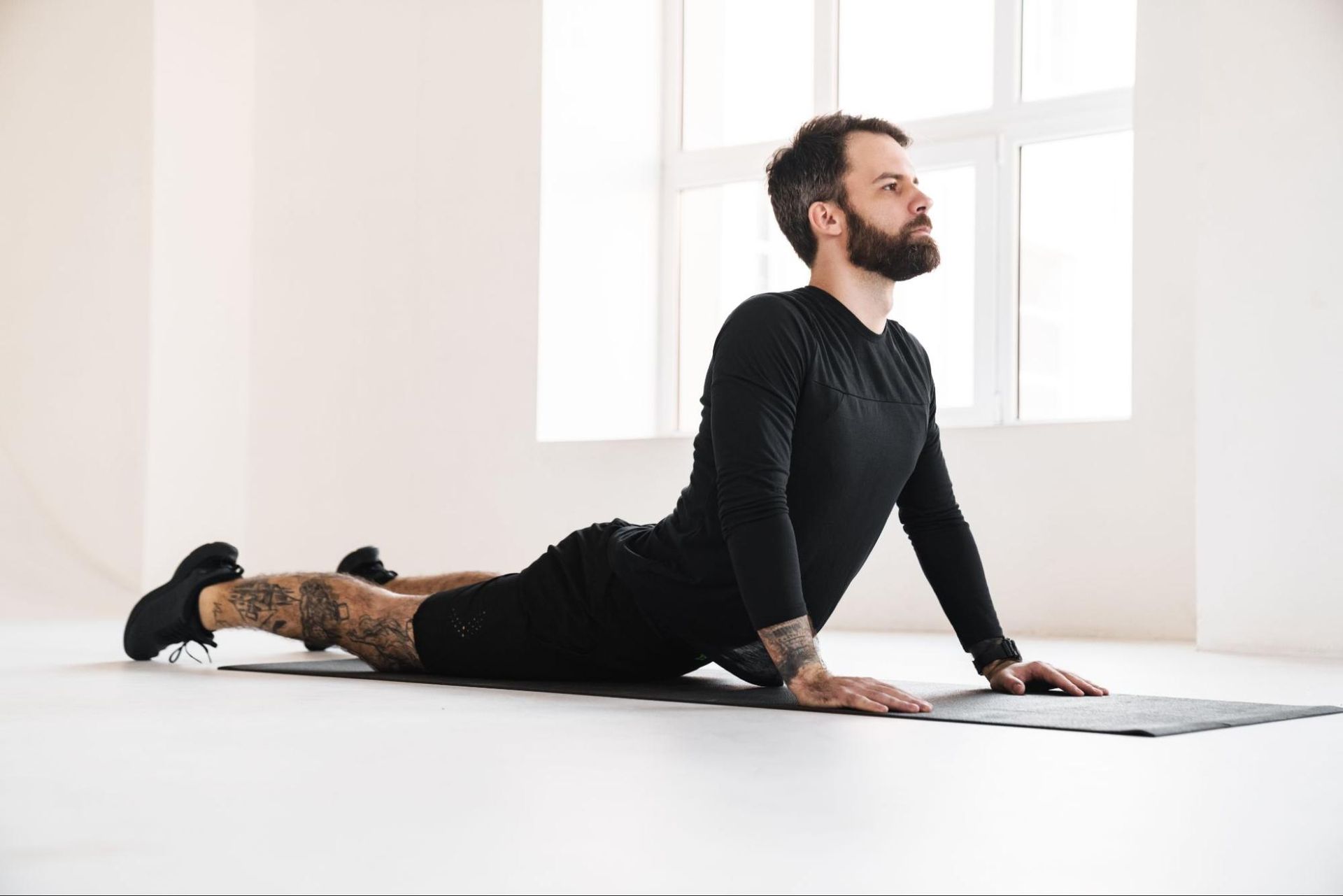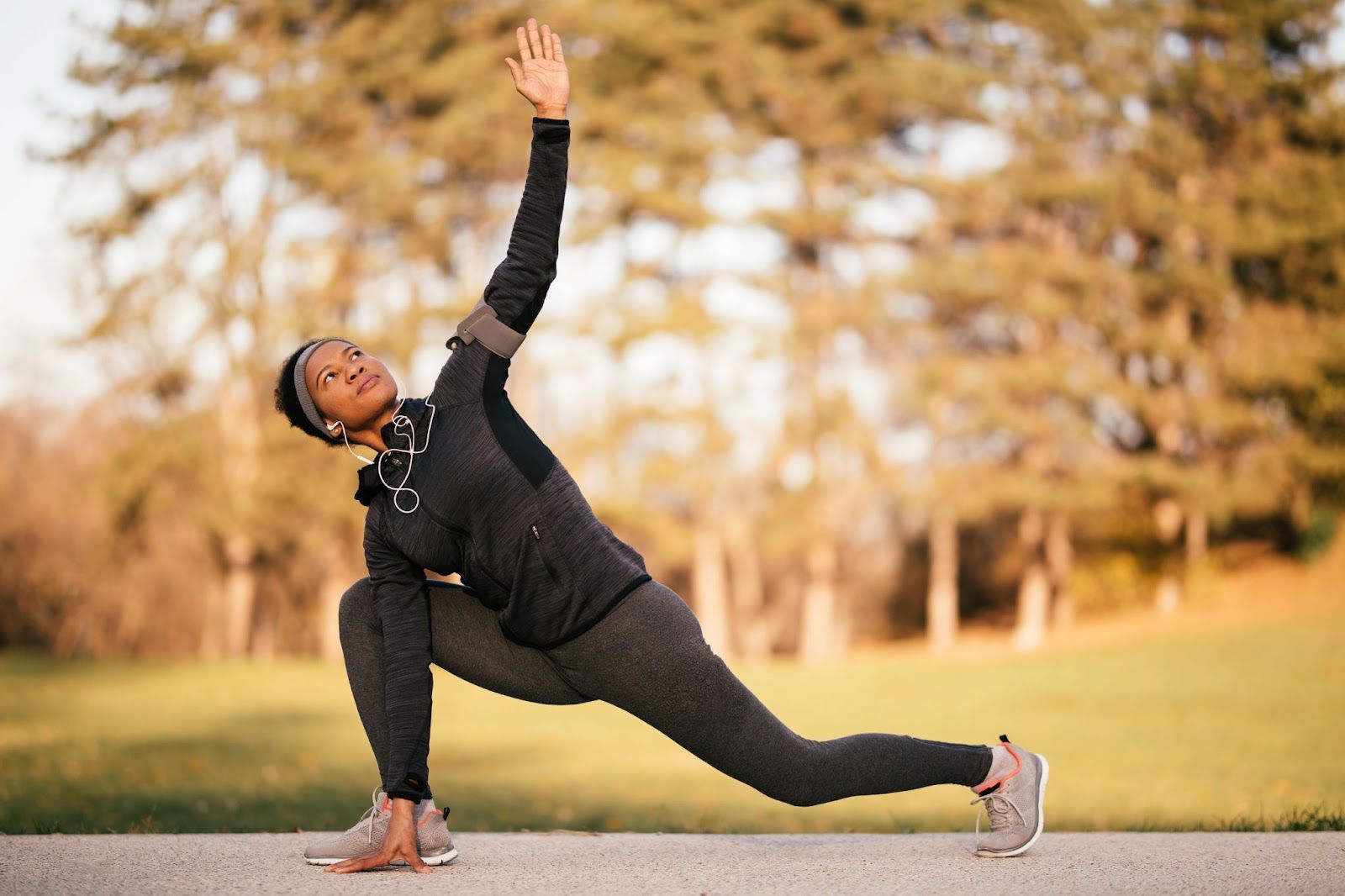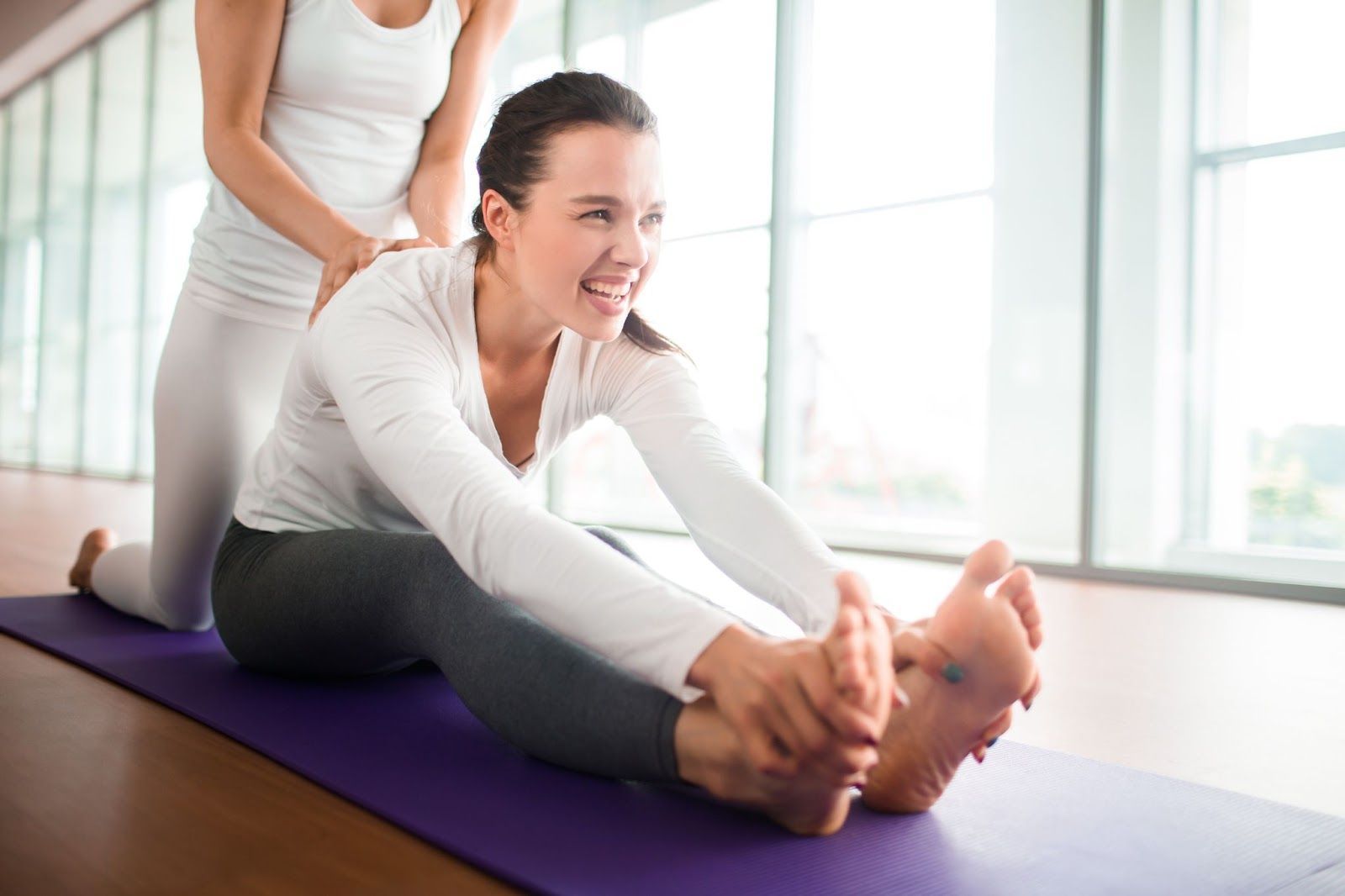Dynamic Stretching vs. Static Stretching: Choosing the Right Approach for Your Goals
Choosing the Right Technique for Optimal Fitness Results
Stretching is an integral part of any fitness routine, playing a crucial role in enhancing flexibility, preventing injuries, and improving overall performance. Two primary stretching techniques, dynamic stretching and static stretching, cater to different goals and are best suited for distinct phases of a workout. Understanding the differences between these approaches and choosing the right one for your fitness objectives can significantly impact your training results. In this blog post, we'll delve into the dynamics of dynamic and static stretching, exploring their benefits, when to use each, and how to integrate them into your fitness regimen.
Dynamic Stretching: Active and Functional Movements
Dynamic stretching involves controlled, active movements that mimic the motions of the activity you're about to perform. Unlike static stretching, which involves holding a stretch for an extended period, dynamic stretching keeps the muscles in motion. This type of stretching is particularly effective for warming up the body and preparing it for more intense physical activity.
Benefits of Dynamic Stretching
Increased Blood Flow
Dynamic stretching boosts blood circulation to the muscles, delivering oxygen and nutrients. This increased blood flow prepares the muscles for the demands of vigorous exercise.
Improved Range of Motion
By taking joints through their full range of motion, dynamic stretching enhances flexibility and mobility. This is especially beneficial for activities that require a wide range of movements, such as running, jumping, or sports.
Enhanced Muscle Activation
Dynamic stretching activates the muscles you'll be using during your workout. This prepares the neuromuscular system for the specific movements and helps improve muscle engagement.
Elevated Heart Rate and Body Temperature
The dynamic nature of these stretches elevates the heart rate and increases body temperature, contributing to a more effective warm-up for intense physical activity.
When to Incorporate Dynamic Stretching
Dynamic stretching is ideal during the warm-up phase of your workout routine. Engage in dynamic stretches before activities that involve explosive movements or require a high level of flexibility. It's particularly beneficial for sports like basketball, soccer, and weightlifting, as well as activities like running or HIIT (High-Intensity Interval Training).
Sample Dynamic Stretches
Leg Swings
Stand next to a wall and swing one leg forward and backward, then side to side. Repeat with the other leg.
Arm Circles
Extend your arms to the sides and make circular motions, first clockwise and then counterclockwise.
Walking Lunges
Take a step forward with one leg, lowering your hips toward the ground. Alternate legs as you walk forward.
High Knees
While standing, lift each knee toward your chest in a marching motion.
Static Stretching: Targeted and Relaxing Holds
Static stretching involves holding a stretch for a prolonged period, typically ranging from 15 to 60 seconds. This technique aims to elongate muscles and improve flexibility over time. While dynamic stretching is ideal for warming up, static stretching is effective during the cool-down phase of your workout or as a standalone routine to increase overall flexibility.
Benefits of Static Stretching
Increased Flexibility
Static stretching helps lengthen muscles and tendons, leading to improved flexibility. This can be especially beneficial for activities that require a broad range of motion.
Muscle Relaxation
Holding a static stretch allows muscles to relax and release tension, promoting a sense of calm and reducing muscle soreness.
Improved Posture
Regular static stretching can contribute to better posture by addressing muscle imbalances and promoting proper alignment.
Injury Prevention
Enhanced flexibility from static stretching may reduce the risk of injury by allowing joints to move more freely and preventing muscle strain.
When to Incorporate Static Stretching
Static stretching is most effective when performed after the muscles are warm, making it an ideal component of the cool-down phase following intense exercise. It can also be incorporated into a separate flexibility-focused routine on rest days.
Sample Static Stretches
Hamstring Stretch
Sit on the floor with one leg extended straight and the other bent, reaching toward your toes.
Chest Opener
Stand with feet hip-width apart, clasp your hands behind your back, and gently lift your arms, opening your chest.
Quadriceps Stretch
Stand on one leg, bring the opposite foot toward your buttocks, and hold the ankle or foot behind you.
Shoulder Stretch
Extend one arm across your chest and use the opposite hand to gently pull the arm toward your chest.
Integrating Both for Optimal Results
While dynamic stretching is beneficial for preparing the body for physical activity, and static stretching is effective for enhancing flexibility and promoting recovery, a well-rounded fitness routine often benefits from a combination of both.
Sample Warm-Up and Cool-Down Routine
Warm-Up (Dynamic Stretching)
- Jumping Jacks: 2 minutes
- Leg Swings: 1 minute per leg
- Arm Circles: 1 minute
- Walking Lunges: 2 sets of 10 lunges per leg
Cool-Down (Static Stretching)
- Hamstring Stretch: 2 sets of 30 seconds per leg
- Chest Opener: 2 sets of 30 seconds
- Quadriceps Stretch: 2 sets of 30 seconds per leg
- Shoulder Stretch: 2 sets of 30 seconds per arm

Tailoring Your Stretching Routine
Dynamic stretching and static stretching are valuable tools in any fitness enthusiast's arsenal, each serving specific purposes in the pursuit of optimal health and performance. Tailoring your stretching routine to include dynamic stretches during warm-up and static stretches during the cool-down can contribute to improved flexibility, reduced risk of injury, and enhanced overall well-being. Whether you're gearing up for a high-intensity workout or winding down after physical activity, the combination of dynamic and static stretching can be a game-changer in your fitness journey.
For more advice on creating a stretching routine that meets your needs, check out the
StretchX blog!




